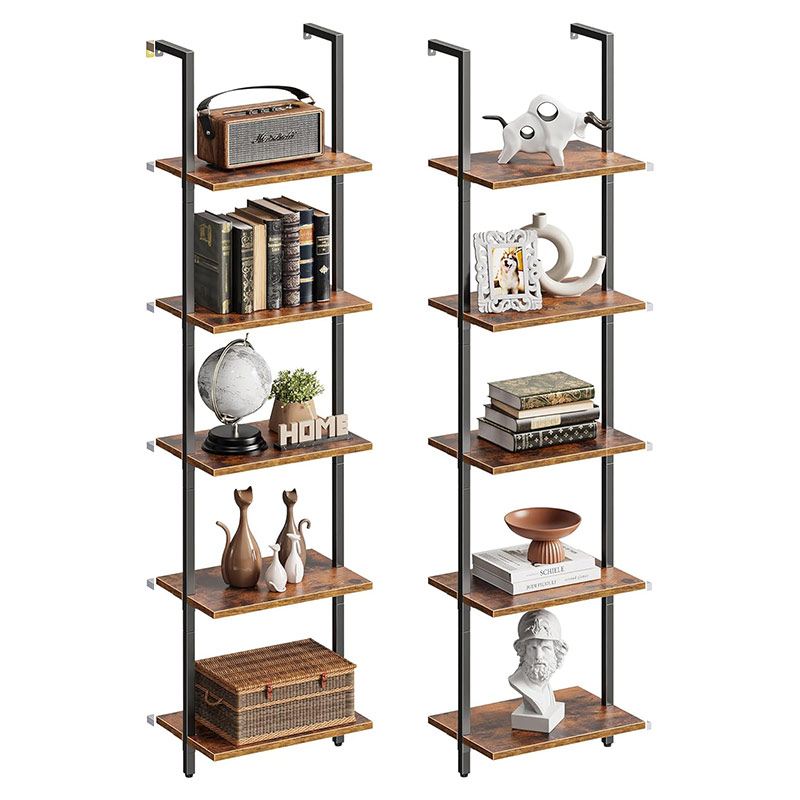Where To Put Bookcase in Living Room
Determining the optimal placement for a Bookcase in a living room involves considerations of space planning, functionality, and visual harmony. The right placement can enhance storage efficiency, improve room flow, and contribute to the overall aesthetic. Below is an expert analysis of the available placement options and their respective advantages.
Table of Contents
Key Factors for Placement Decisions
1. Room Layout and Traffic Flow
The bookcase should not obstruct natural pathways or interrupt movement through the space. Allow at least 36 inches of clearance in main walkways and ensure seated areas remain accessible.
2. Functionality and Access
Consider primary uses: frequent reading requires easy access, while display storage may prioritize visibility. Proximity to seating areas often improves usability.
3. Visual Weight and Balance
Larger bookcases work best against solid walls or in corners, while slender units can divide spaces without overwhelming the room. Symmetrical placements often suit formal layouts, while asymmetrical arrangements fit contemporary styles.
4. Lighting Conditions
Avoid direct sunlight to prevent book damage. Position bookcases where ambient or task lighting can illuminate shelves without causing glare or fading.
Recommended Placement Options
1. Against a Primary Wall
Placing a tall bookcase against a main wall creates a focal point and utilizes vertical space efficiently. This works well behind sofas or opposite seating arrangements.
Advantages: Maximizes storage, anchors the room visually.
Considerations: Ensure proportional balance; large bookcases may require low-profile furniture opposite.
2. Flanking a Fireplace or Television
Symmetrical bookcases on either side of a fireplace or media center create a cohesive, built-in look.
Advantages: Enhances architectural features, provides balanced storage.
Considerations: Maintain consistent styling and scale for harmony.
3. In a Corner
Corner placements optimize underutilized space. Triangular or curved units fit snugly, while standard rectangular bookcases can be angled.
Advantages: Efficient use of space, reduces visual clutter.
Considerations: Ensure sufficient clearance for doors or drawers to open.
4. As a Room Divider
Open-back bookcases can define zones in multifunctional spaces (e.g., separating living and dining areas).
Advantages: Creates separation without blocking light, provides storage from both sides.
Considerations: STable construction is critical; anchor tall units to walls for safety.
5. Perpendicular to a Wall
Positioning a bookcase at a 90-degree angle to the wall breaks up large spaces and adds depth.
Advantages: Adds architectural interest, creates niche areas.
Considerations: May reduce floor space; best suited for larger rooms.
6. Along a Stairway or Under Windows
Utilize unconventional spaces such as stairwell alcoves or beneath windows with low-height units.
Advantages: Maximizes unused areas, integrates storage seamlessly.
Considerations: Custom solutions may be needed for irregular spaces.
Placement Tips by Living Room Size
Small Rooms: Use vertical space with tall, narrow units against walls. Avoid dividing already limited floor space.
Large Rooms: Larger bookcases or multiple units can define areas without crowding. Consider symmetrical layouts for formal balance.
Open-Plan Spaces: Bookcases serve as effective dividers. Align with other furniture groupings to maintain visual continuity.
Common Mistakes to Avoid
Blocking Natural Light: Avoid placing tall bookcases directly in front of windows.
Overcrowding: Leave breathing room around the bookcase; do not cram it against other furniture.
Ignoring Scale: A large bookcase in a small room can dominate; a small unit in a large room may appear insignificant.
Neglecting Safety: Secure tall bookcases to wall studs to prevent tipping.
Conclusion
The ideal bookcase placement balances practical storage needs with aesthetic integration. Primary walls, corners, and flanking positions offer reliable solutions, while room dividers work well in open layouts. Always prioritize traffic flow, proportional scale, and functional access. Whether used for books, displays, or storage, a well-positioned bookcase enhances both organization and design cohesion in any living space. For tailored solutions, consider room dimensions and existing decor to select the optimal location.


